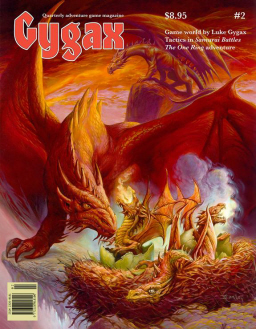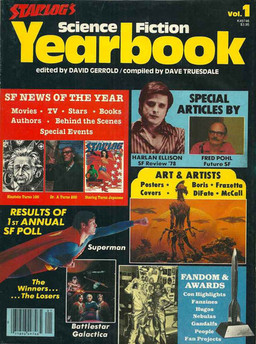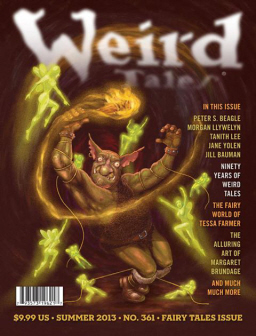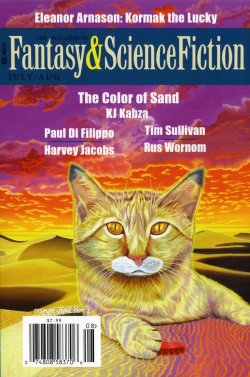When Aliens are Delicious: Murray Leinster’s “Proxima Centauri” and the Creepy Side of Pulp SF
 What if the first aliens we encounter were made of chocolate? Crunchy, delicious, bite-sized chocolate. Imagine that during that all-important First Contact, you decided to take an experimental bite — because, one, chocolate aliens, and two, who would blame you? — and discovered they were so delicious they brought on raptures of ecstasy.
What if the first aliens we encounter were made of chocolate? Crunchy, delicious, bite-sized chocolate. Imagine that during that all-important First Contact, you decided to take an experimental bite — because, one, chocolate aliens, and two, who would blame you? — and discovered they were so delicious they brought on raptures of ecstasy.
This is more or less the premise of Murray Leinster’s rip snortin’, force-ray filled space adventure “Proxima Centauri,” from the March 1935 issue of Astounding Stories. Except that the aliens are actually highly advanced carnivorous plants who have systematically hunted every form of animal life on their home planet to extinction, and the delicious, bite-sized aliens are us.
“Proxima Centauri” has been reprinted a few times, but I’d never read it. It came up in the comments on my June 20th article on The Best of Murray Leinster, the first of the Classics of Science Fiction series I’ve been exploring recently. A reader named Doug said:
The one story of Leinster’s that impressed me the most was “Proxima Centauri.” Even if the main drive of the plot is pure pulp, the way he describes human behavior during the long trip adds a realism that counter balances the more fantastic elements (i.e. Plant Men). It’s aged incredibly well when you consider that it was written “Before the Golden Age” (I read this first in the same-named Asimov edited anthology).
Fletcher Vredenburgh concurred:
I was eleven when my dad bought and read the Leinster collection. When I asked him about it he said he didn’t think I’d like it. Fortunately, that only encouraged me to give it a try. Glad I did. The gloriously pulpy “Proxima Centauri” still creeps me out.
Well, that was enough for me. I dug out my treasured copy of Before the Golden Age and settled in to enjoy a classic tale of space travel and creepy aliens from a pulp master.








